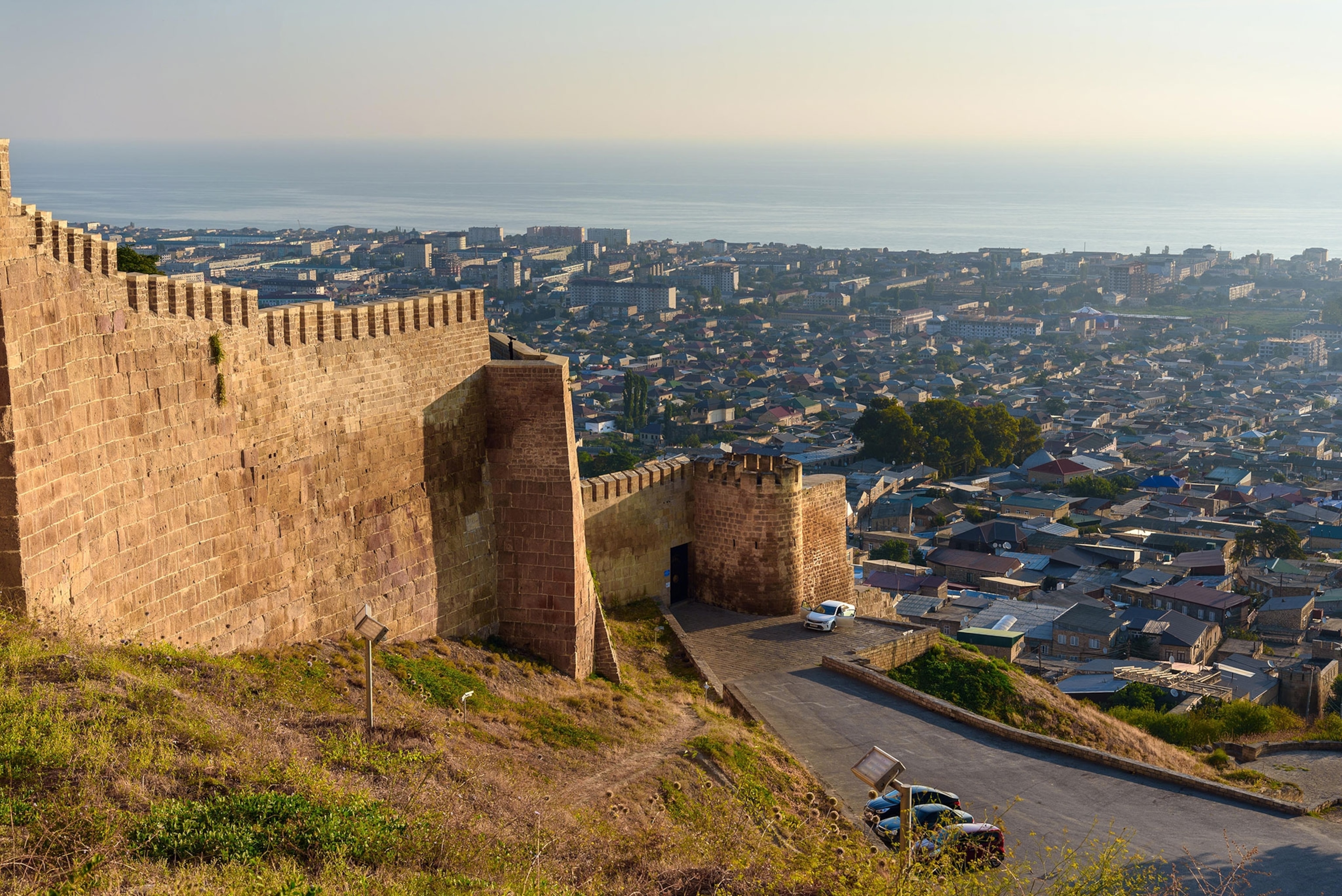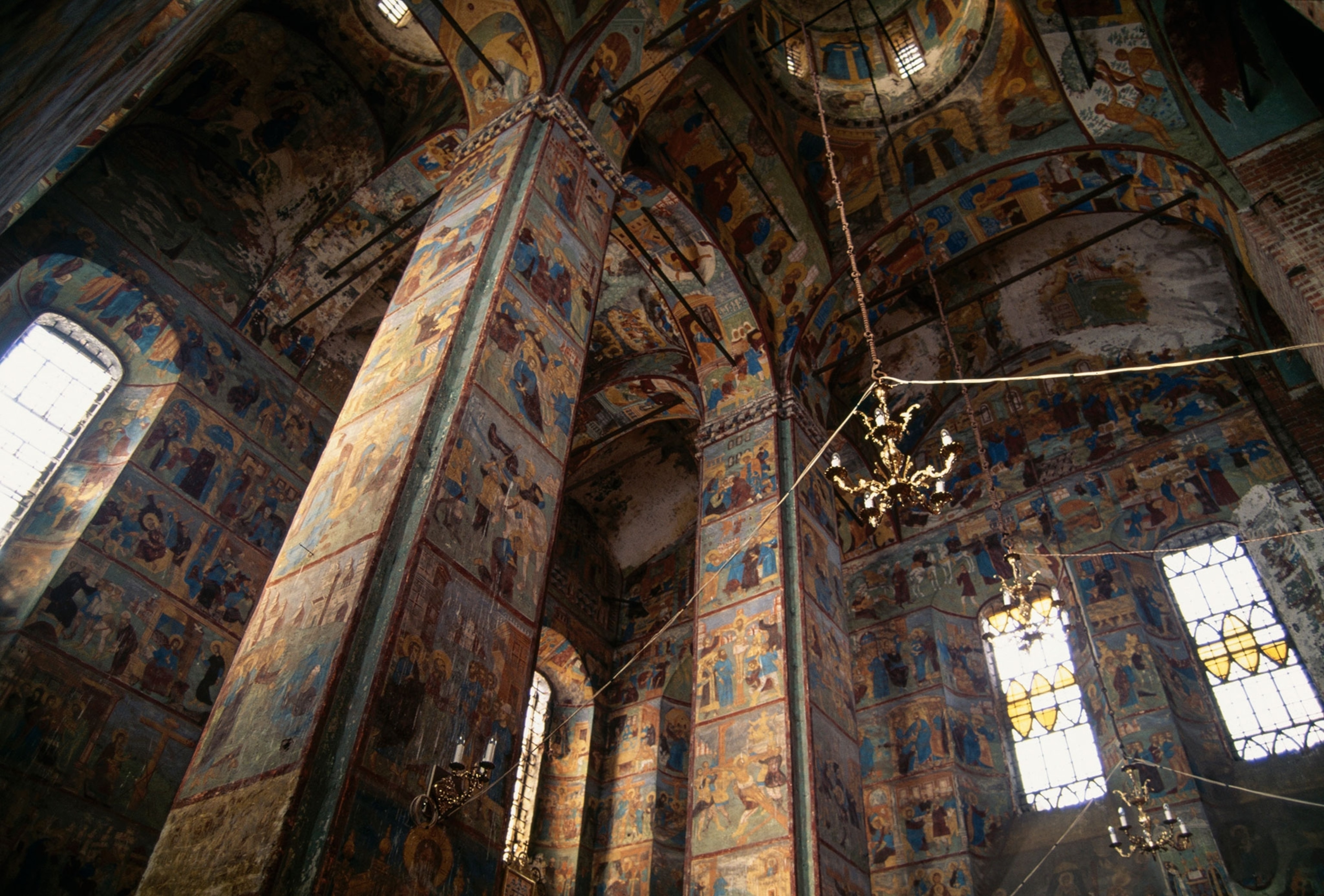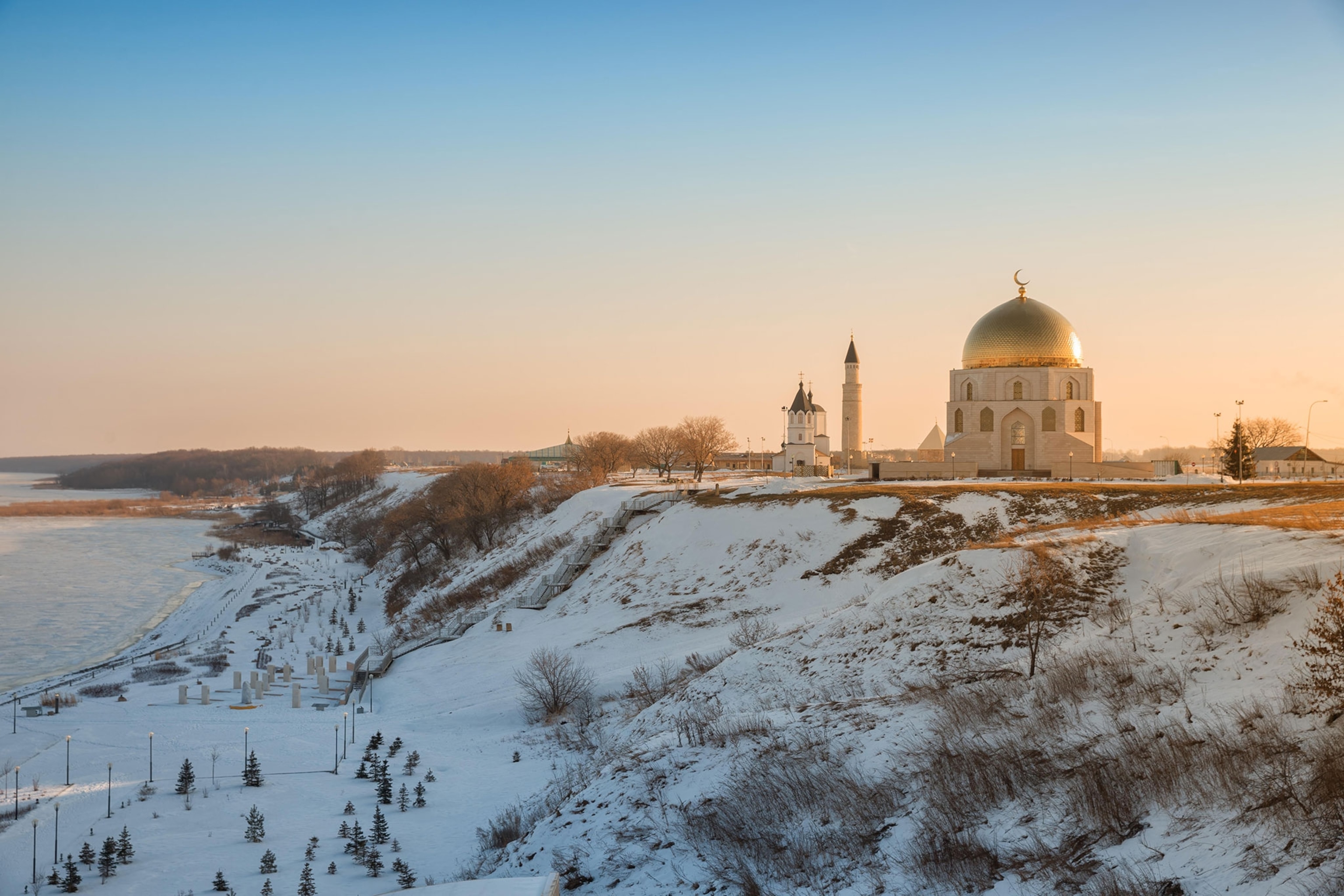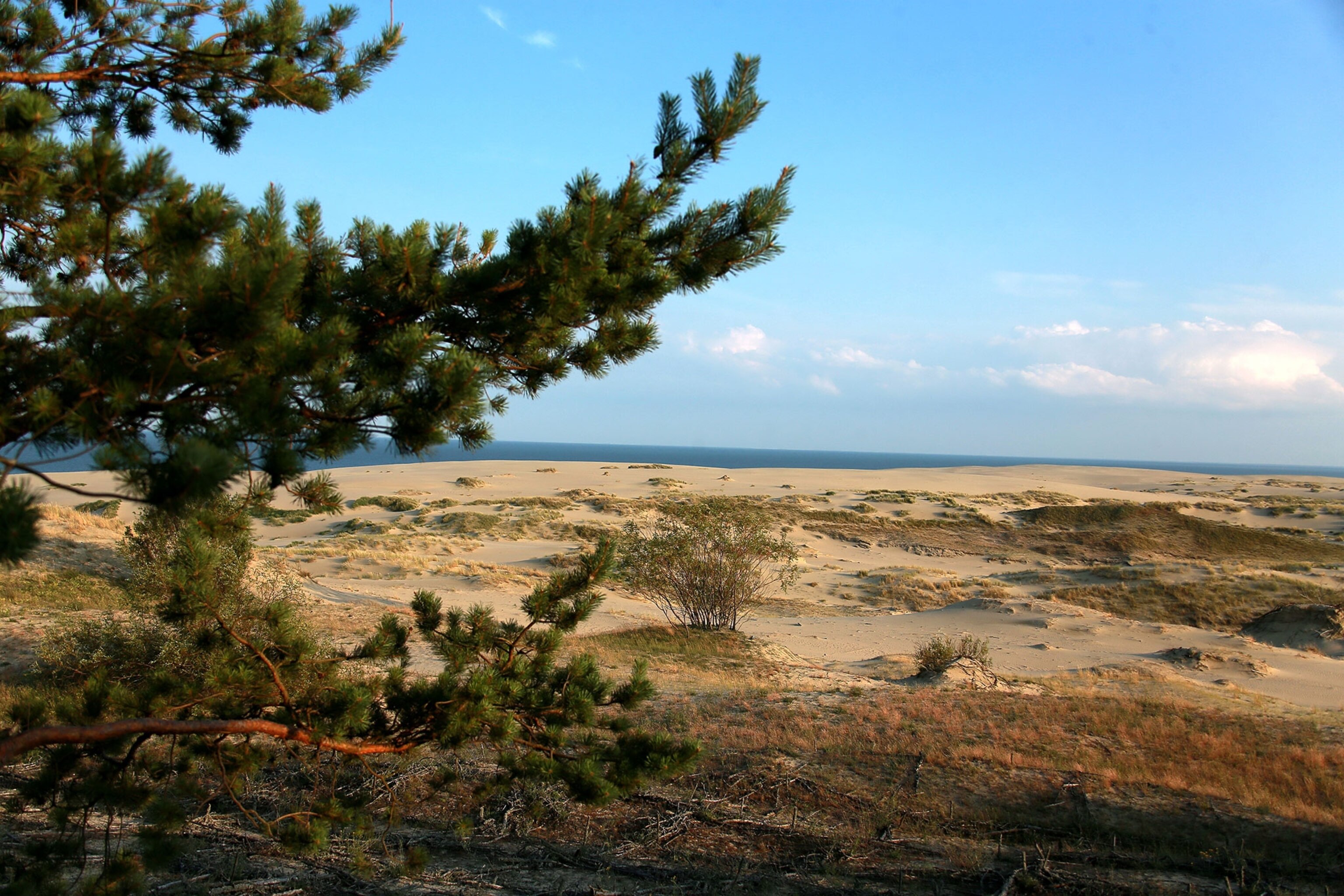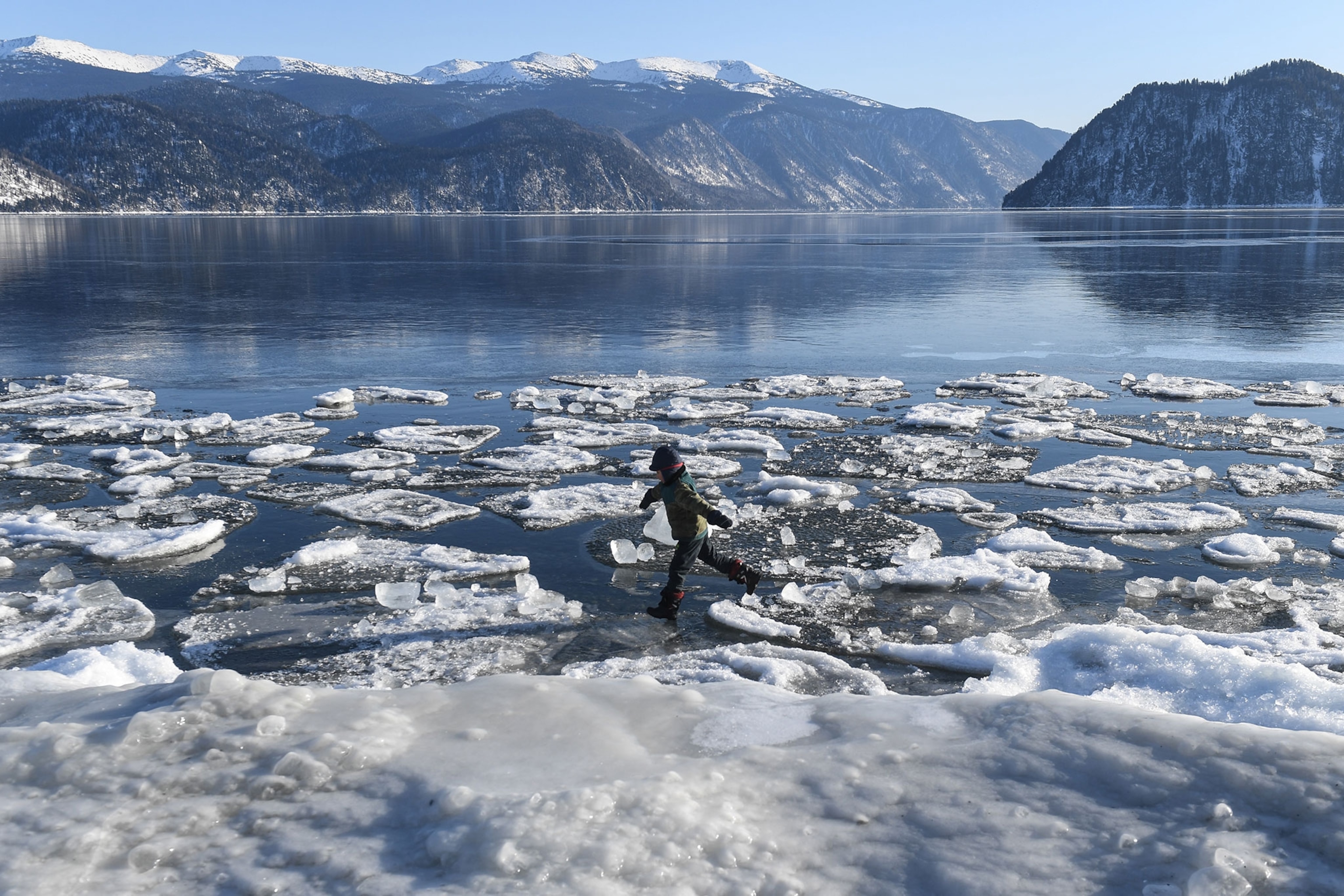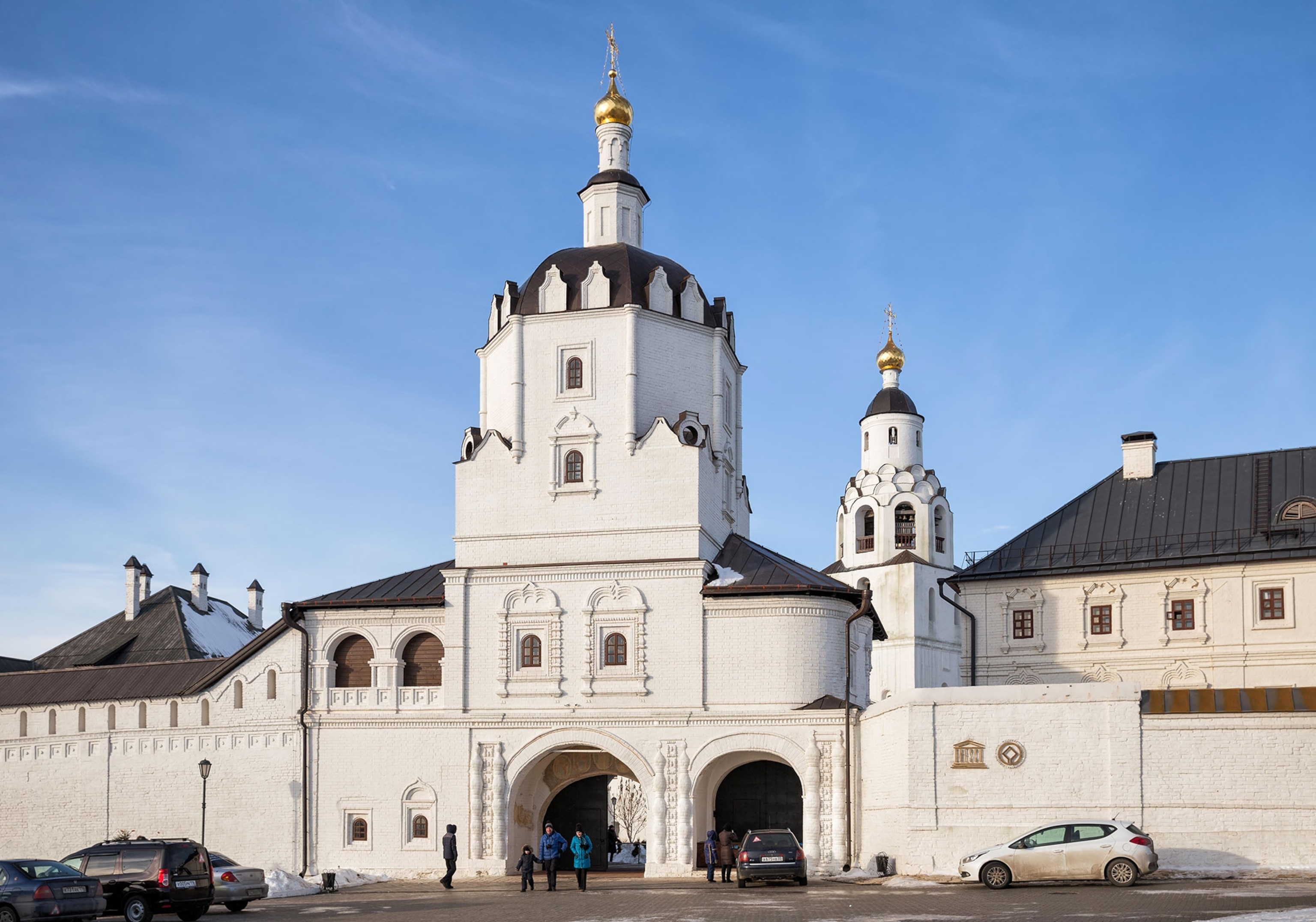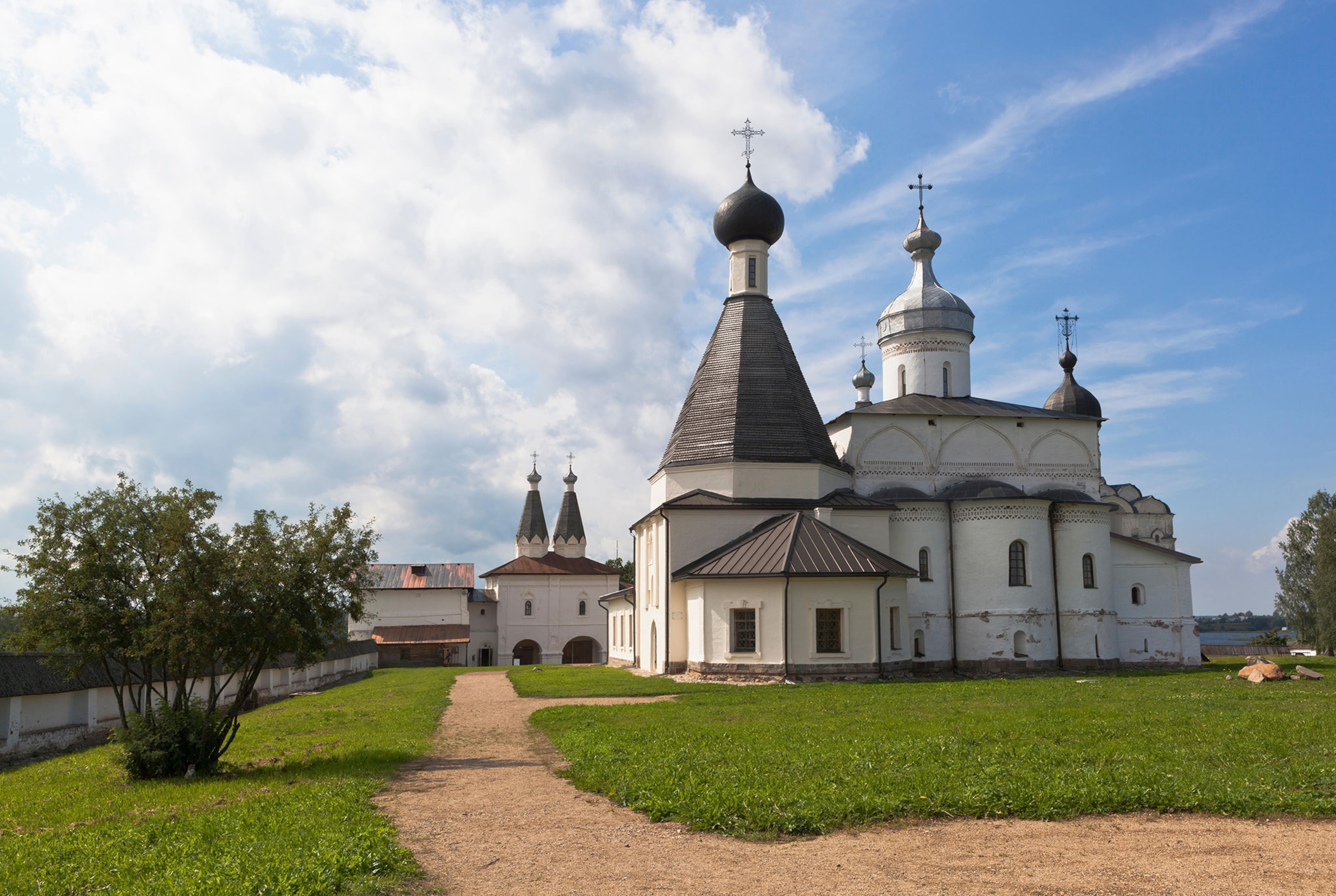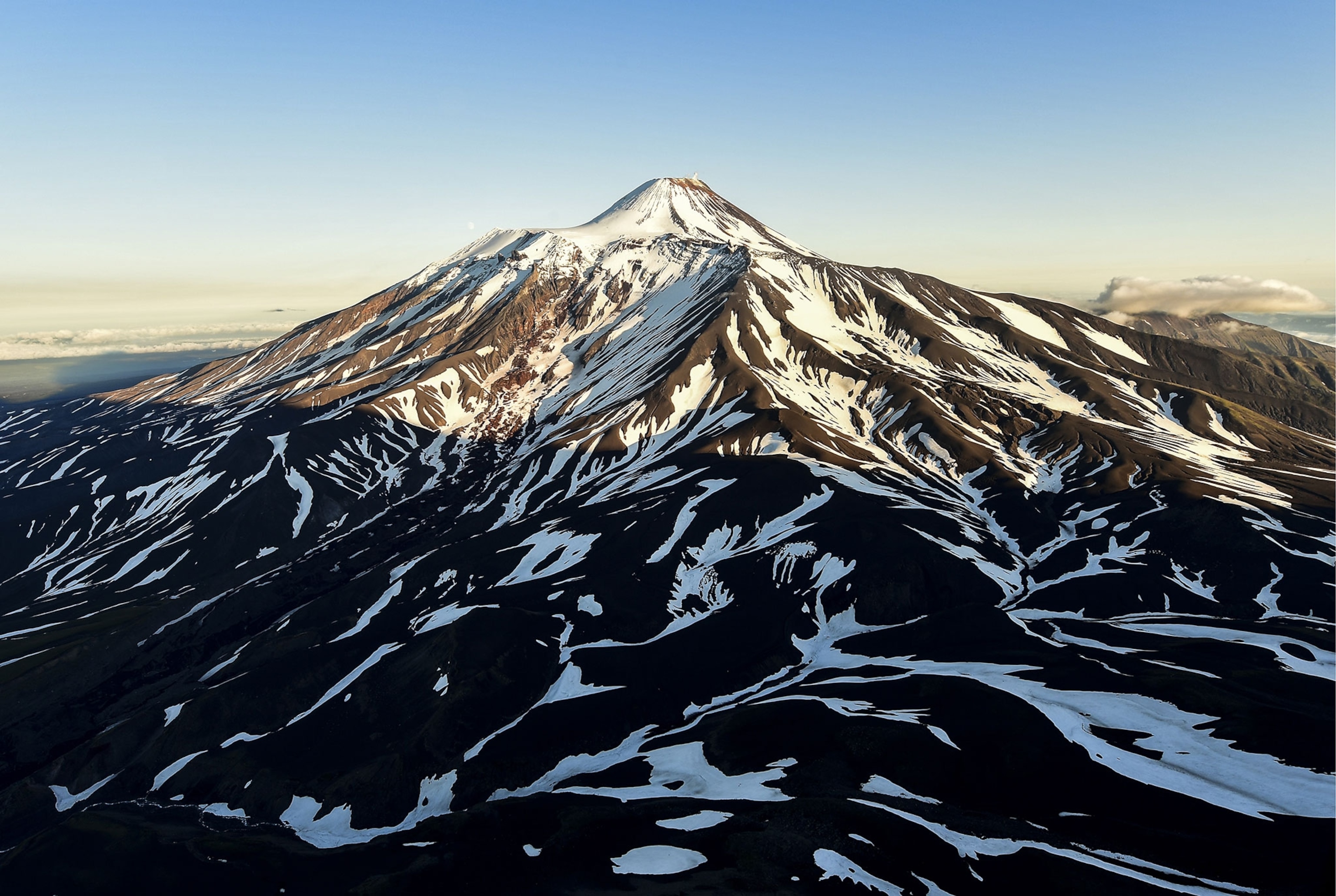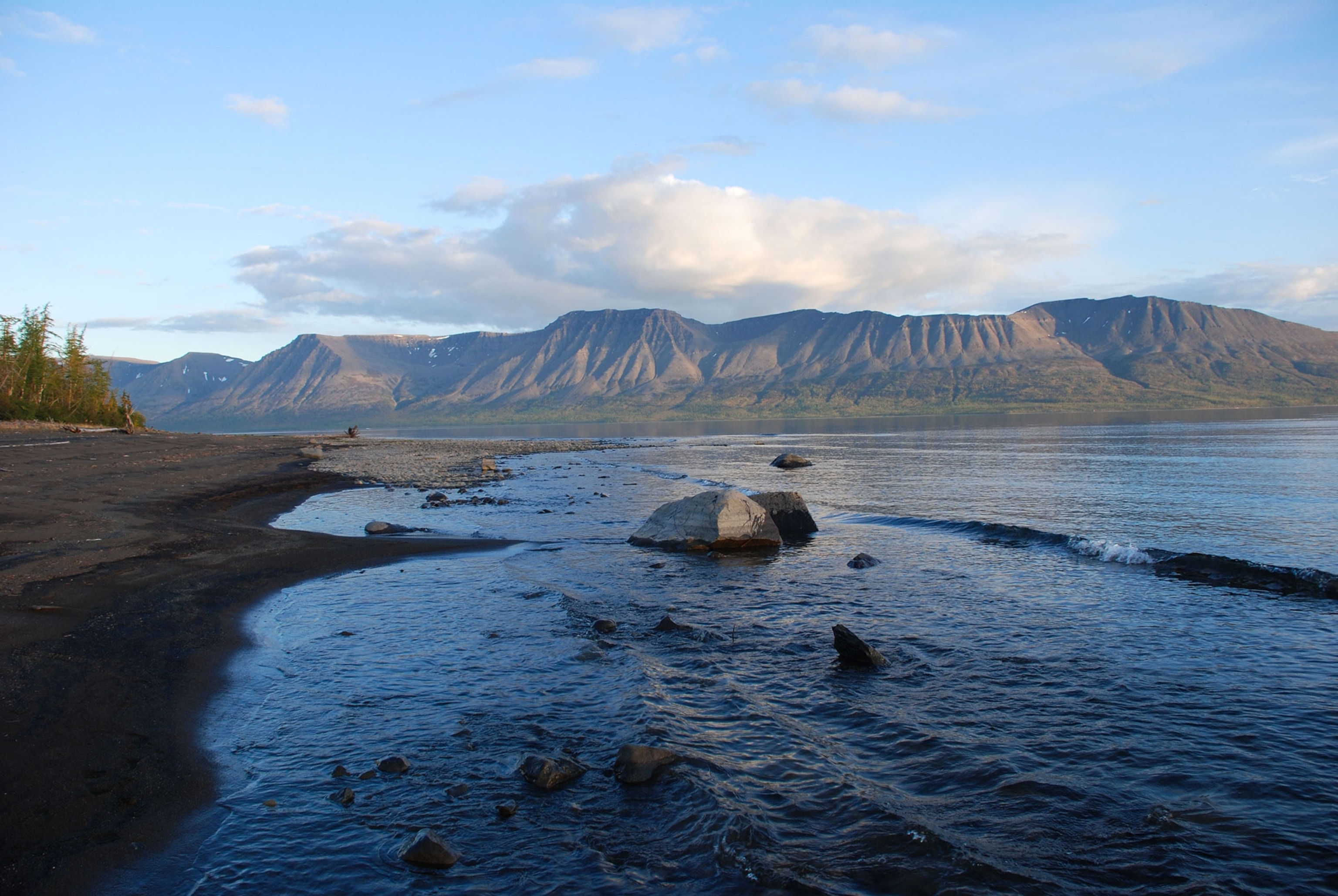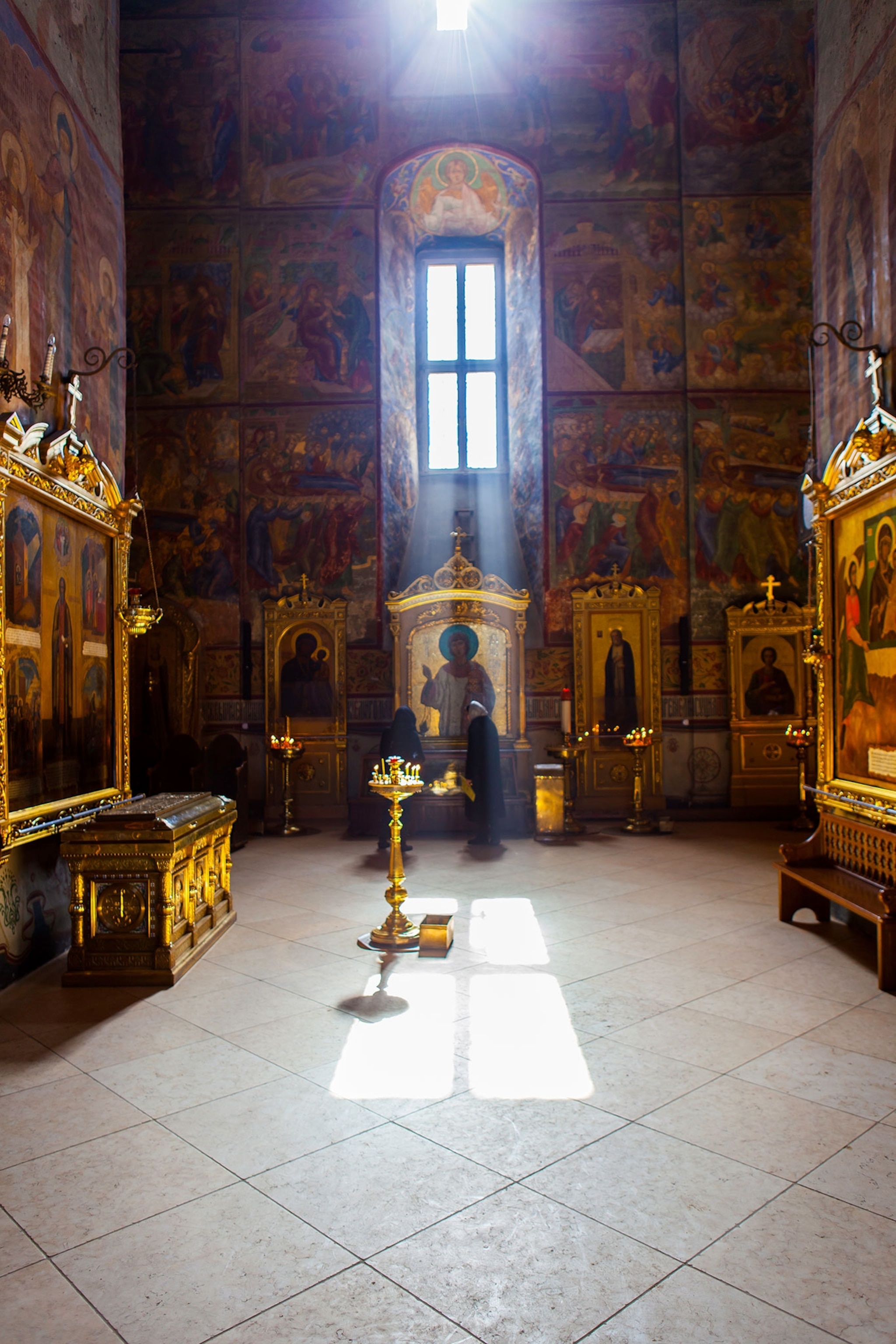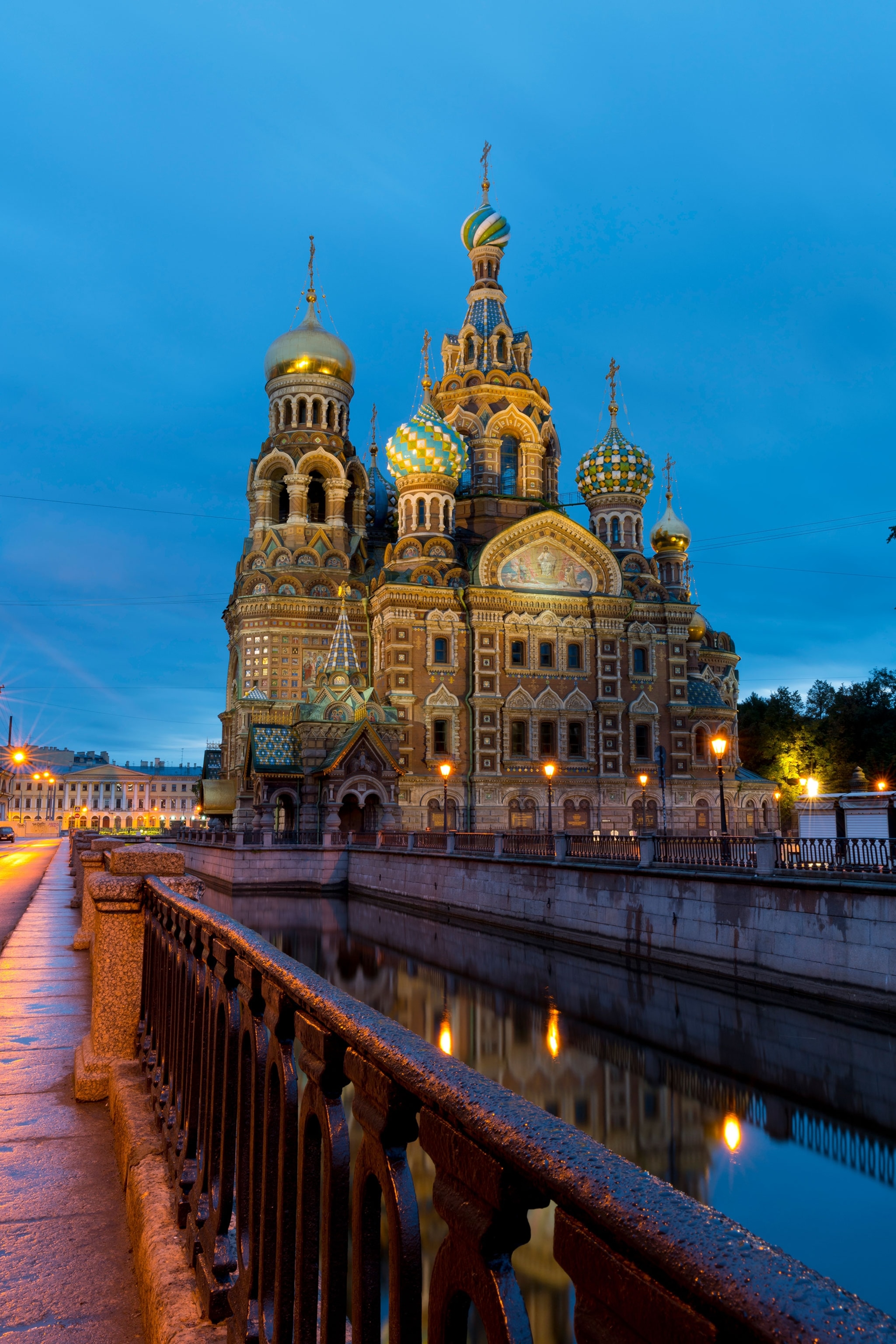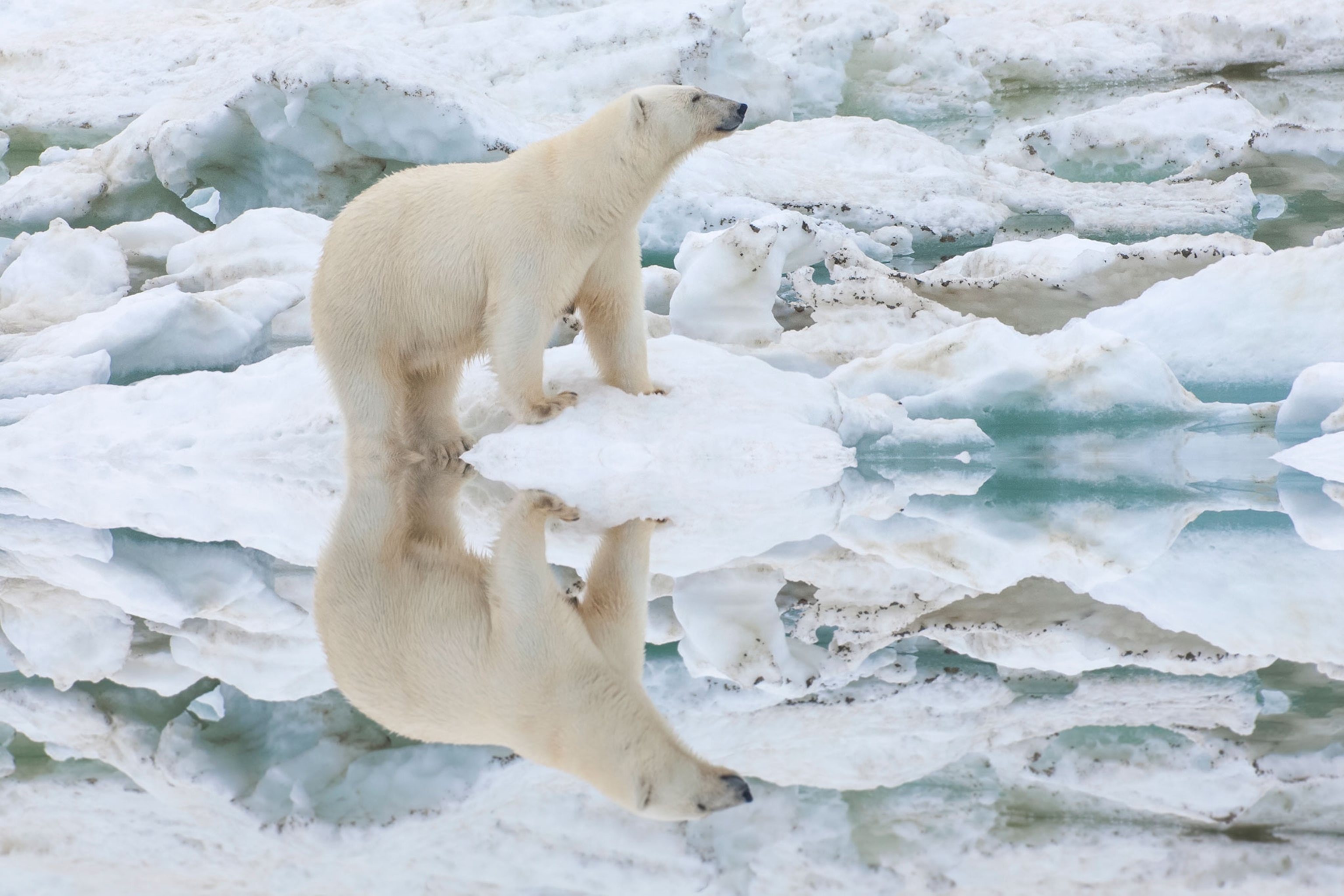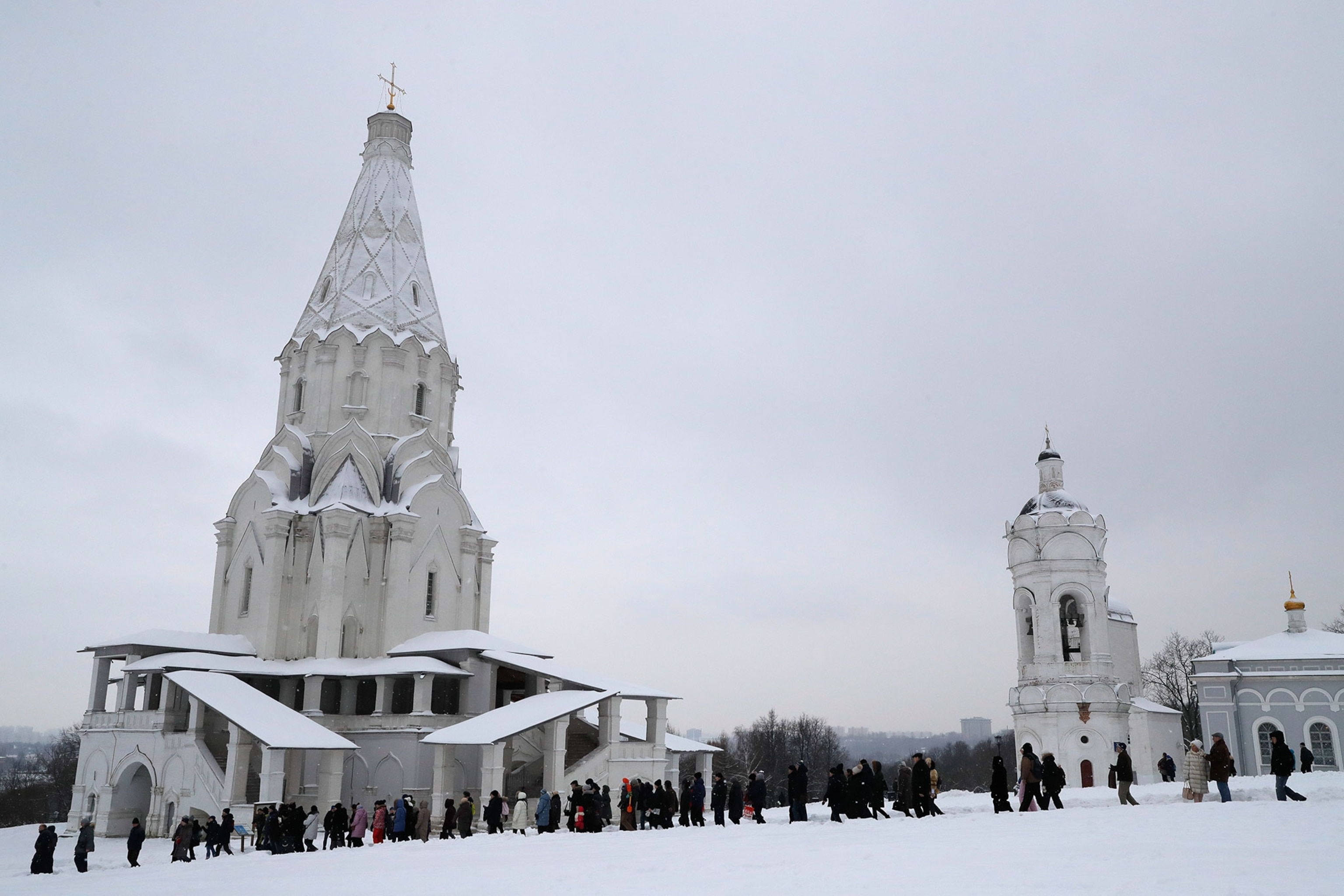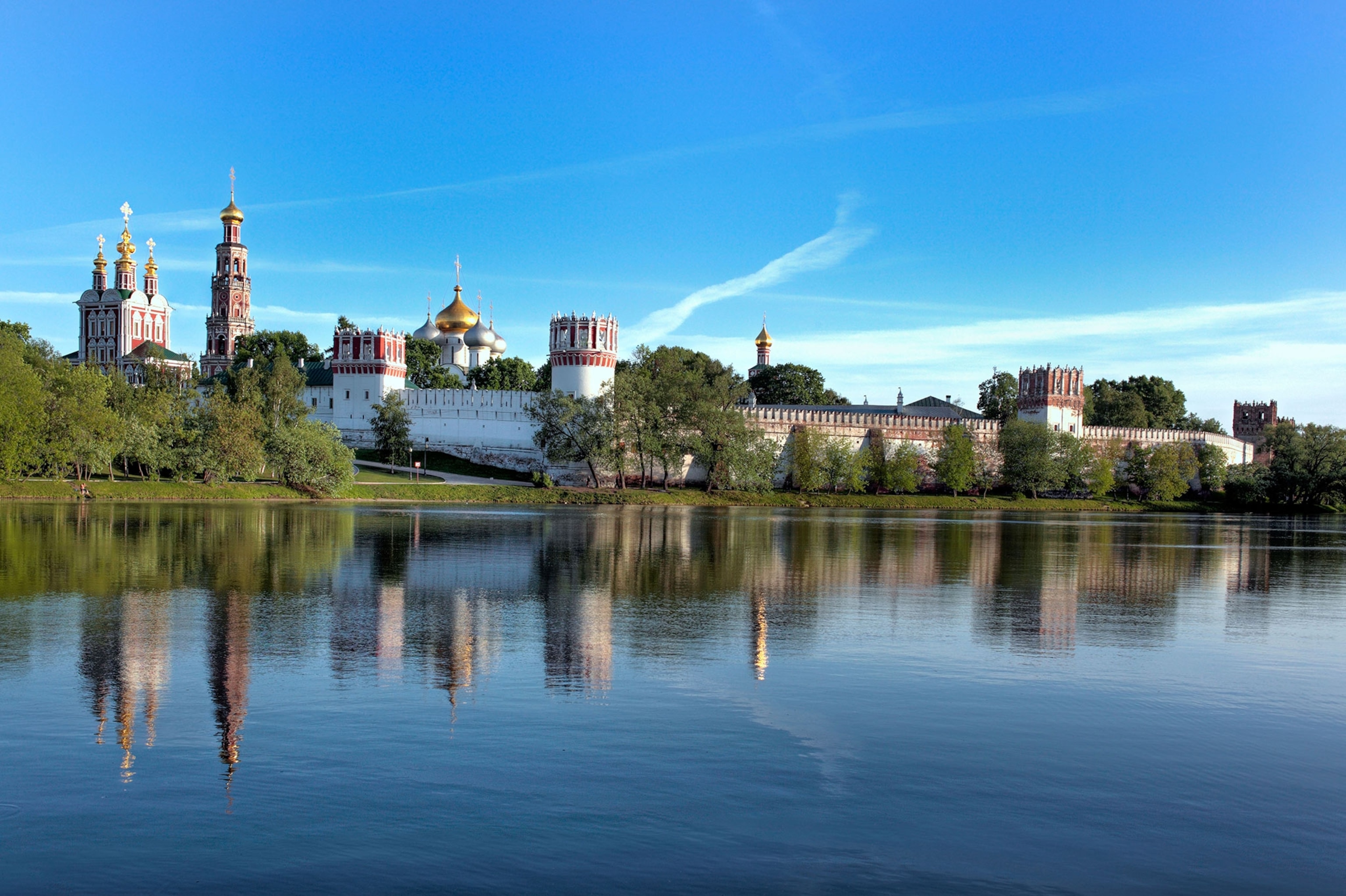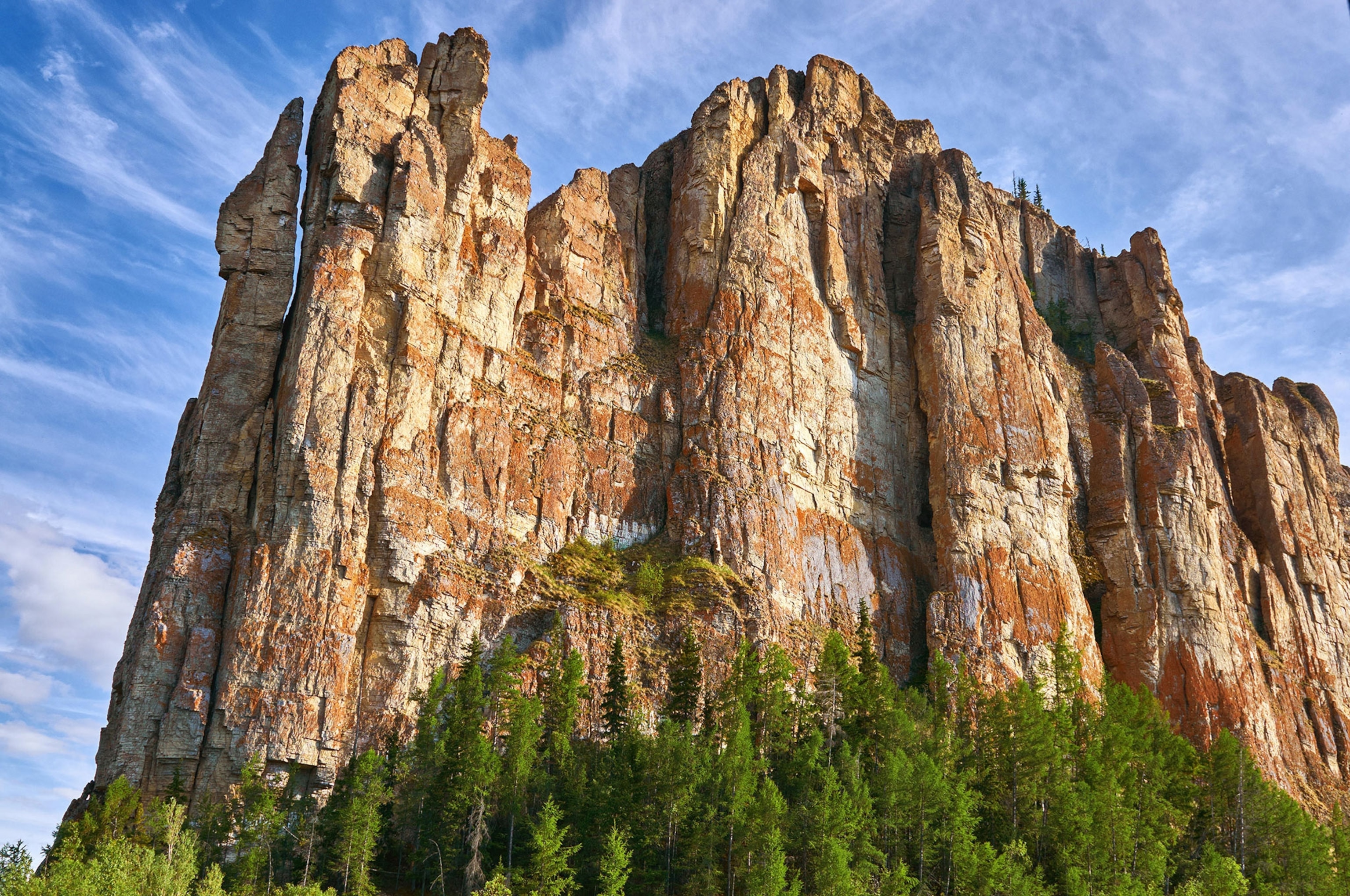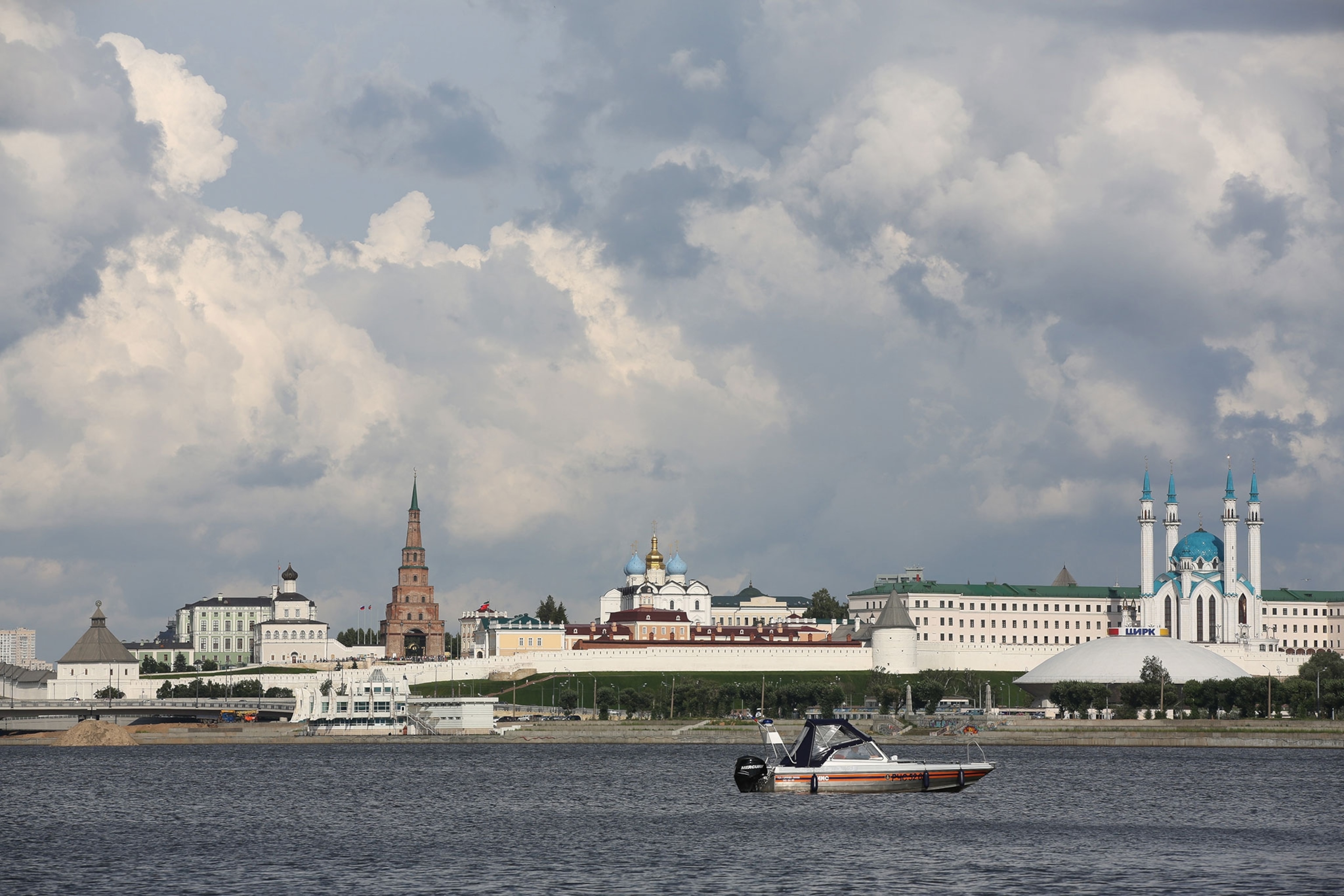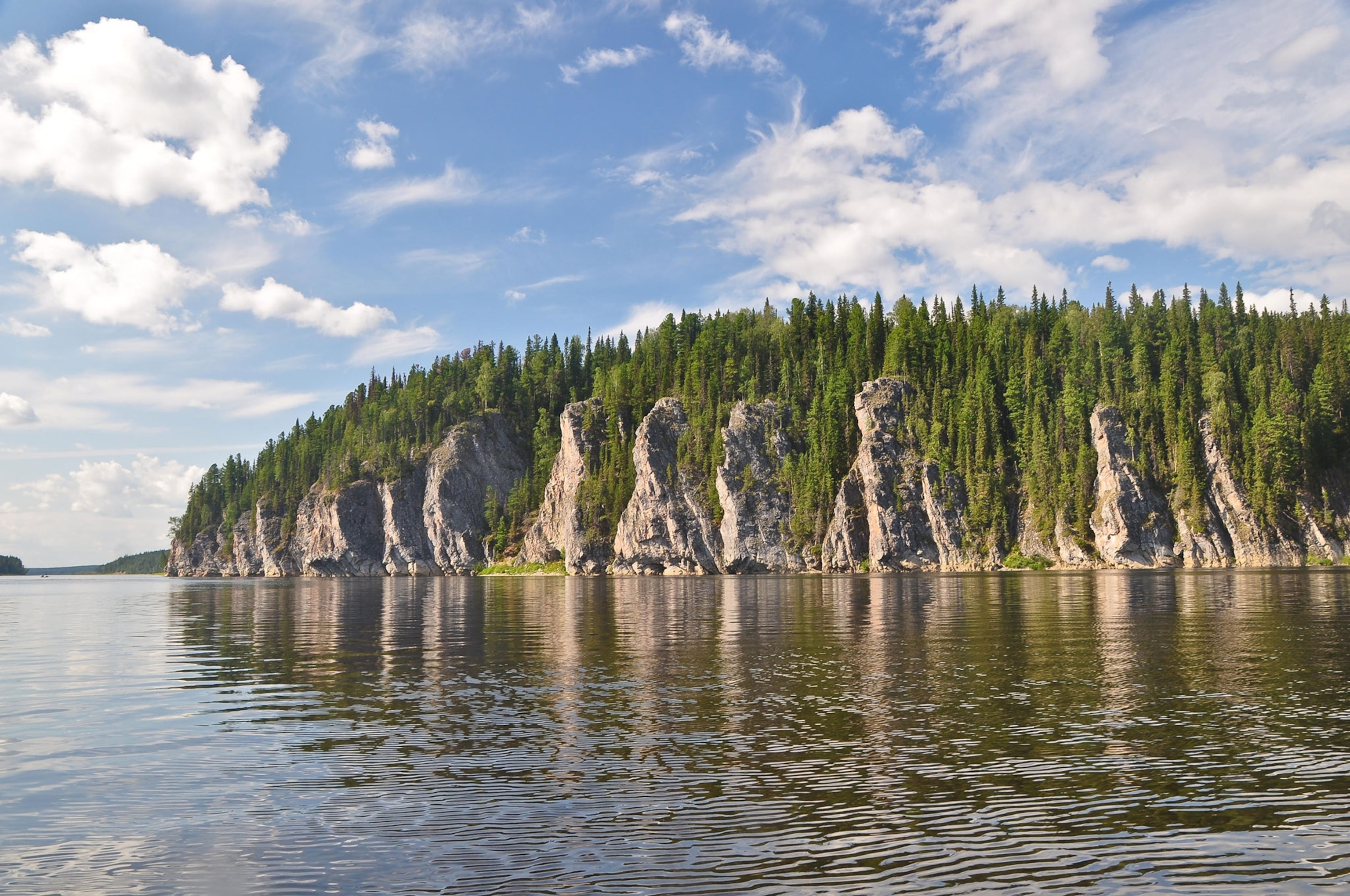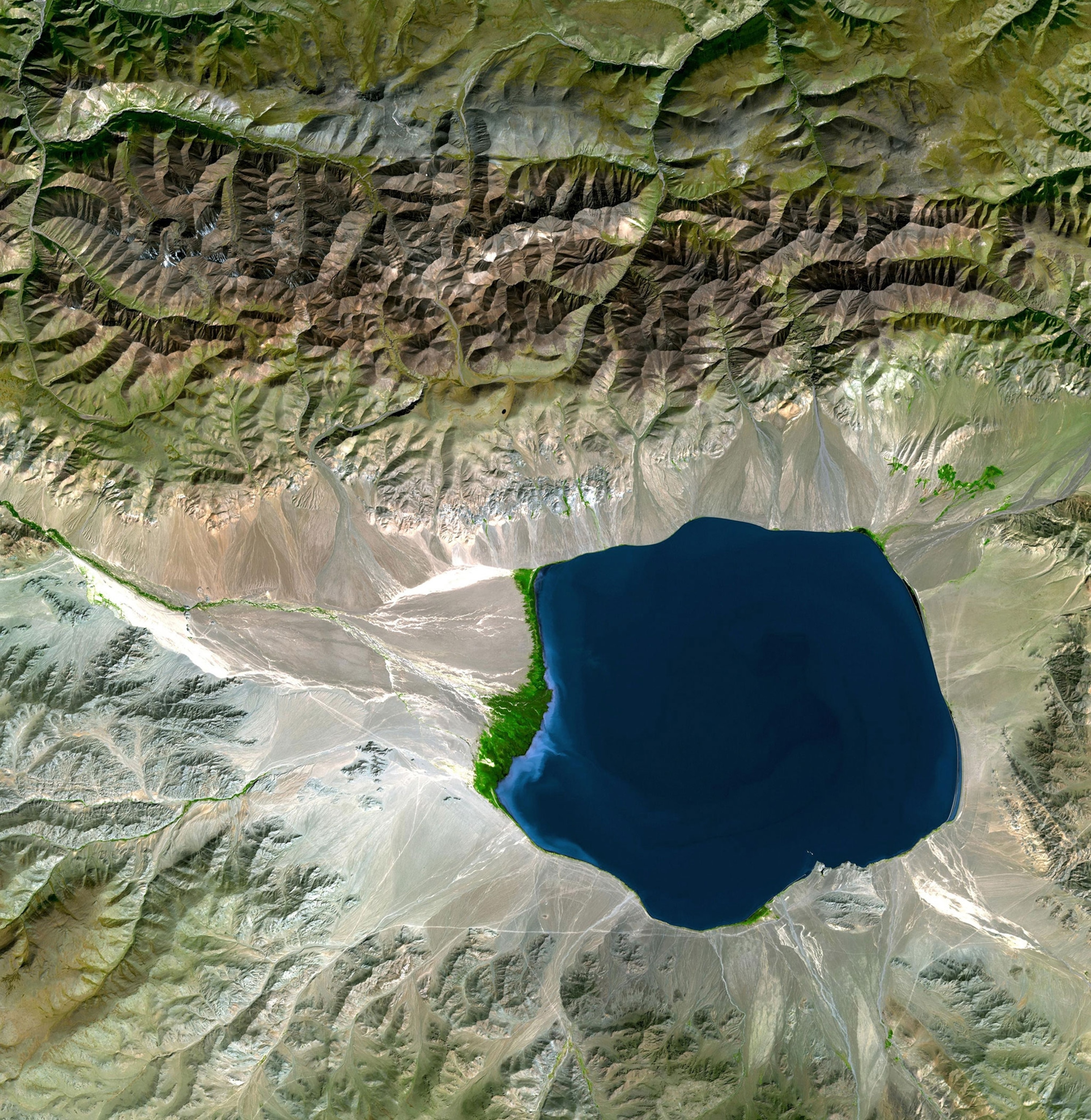
Russian secrets? Here’s the ultimate Moscow itinerary
Tour architectural wonders, discover Soviet history, and savor local flavors in this gold-domed city.
Moscow is a city where the past and the future live side by side. Here you will find everything from medieval fortresses and Soviet monoliths to glass skyscrapers and innovation centers. Moscow’s spirit mirrors its uncontainable size. Muscovites, the city’s approximately 12 million residents, are always on the run, so be prepared to keep pace with their energy. Here’s how to make the most of three days in Moscow.
Day 1: Mosaics and metro stations
9 a.m. Navigate the labyrinth of the Moscow metro, a living, breathing work of art crisscrossing the metropolis. Expect marble arches and pillars, gilded mosaics, and sparkling chandeliers. Each station is unique. Some of the most beautiful stations are Kievskaya and Prospekt Mira (brown line); Mayakovskaya (dark green line); and Ploschad Revolutsii, Arbatskaya and Elektrozavodskaya (dark blue line). Getting lost on the metro is a rite of passage. However, ahead of the 2018 World Cup, most trains introduced route maps and announcements in English to make navigation easier for outsiders.
Three stations take you to Red Square, but Ploschad Revolutsii is ideal. Its platforms have numerous bronze statues of soldiers with their dogs. Locals often stop by to rub the dogs’ noses as they make a wish. (See pictures of Moscow’s surprisingly elegant subway stations.)
9:45 a.m. Head to the iconic Red Square to see the red-bricked towers and the eastern wall of the Moscow Kremlin, Vladimir Lenin’s mausoleum, the State Historical Museum, and the psychedelically colorful domes of the St. Basil’s Cathedral. Queue early outside Lenin’s mausoleum for a spooky date with the man behind the Russian Revolution, who has rested in this tomb, preserved in chemicals, for almost 100 years.
The postcard-perfect St. Basil’s Cathedral was built in the 16th century to commemorate Tsar Ivan the Terrible’s victory over the Khanate of Kazan and the transformation of Moscow into a major center of power. Drop in for a quick visit or keep walking south towards the Moskva River and the Bolshoi Moskvaretskii Bridge for spectacular views of the Kremlin and the Red Square.

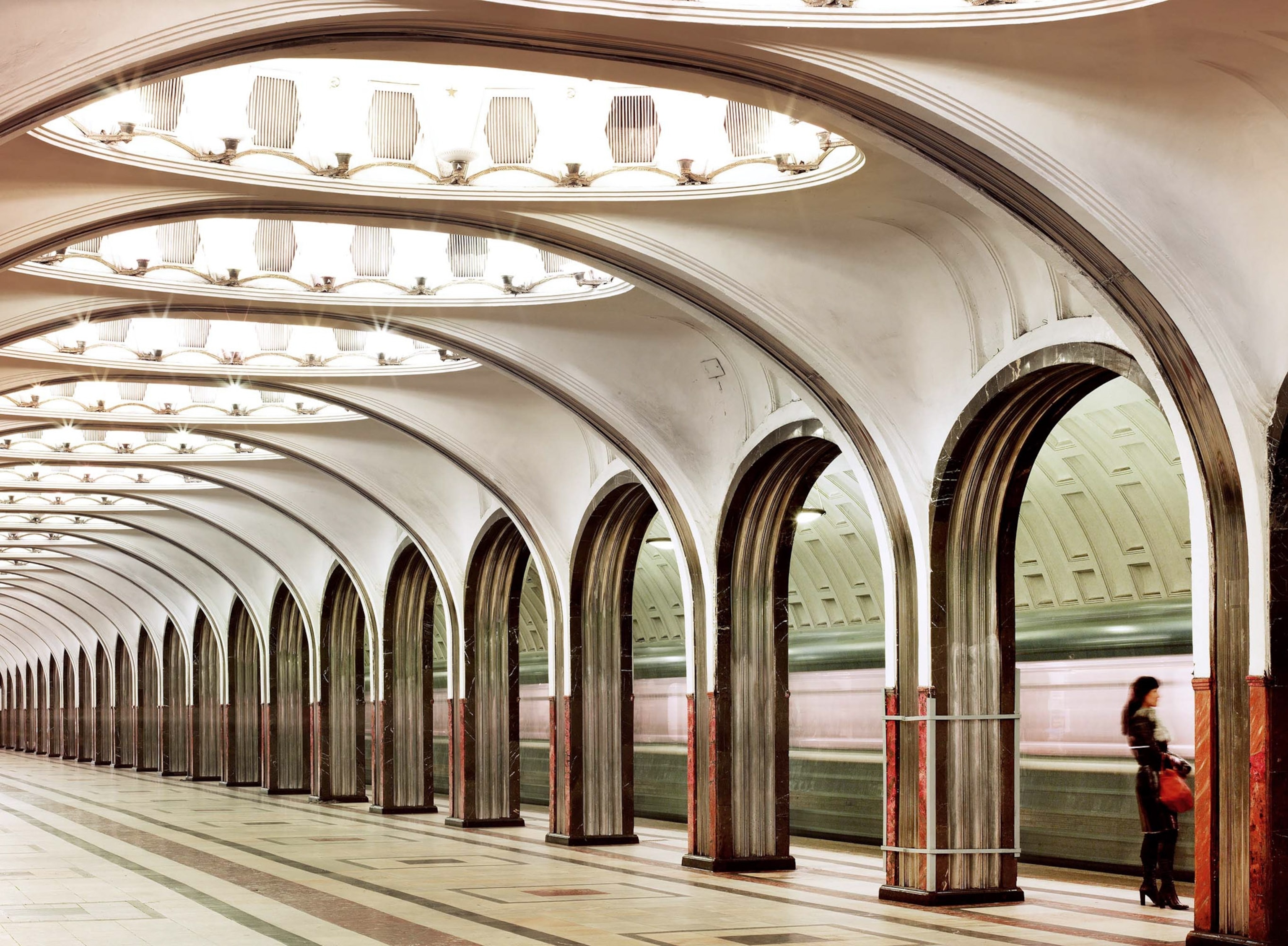
Another structure that will catch your eye is the golden-domed Cathedral of Christ the Savior, just southwest of the Kremlin. Unlike St. Basil’s, this Cathedral did not survive the communist persecution of religion. The original was destroyed in 1931 and the area was converted to an open-air swimming pool, the largest in the world. The fall of communism brought with it religious freedom and the Cathedral was rebuilt in the 1990s. If you turn around, you will see one of the “Seven Sisters,” the Stalinist monoliths that command Moscow’s skyline.
11:45 a.m. Head back towards the Red Square for a shopping trip at GUM (pronounced goom), the largest department store in Russia. Much like Russia, the store has undergone many changes. Built in imperial times as a massive trading center, GUM’s Soviet-era badge of honor was being relatively better stocked than other stores. Today, it’s a glittering mall that houses Hermès and Louis Vuitton. Even if you don’t shop, the long, arched galleries and concave glass roof make it an architectural delight. Next, make your way to the third floor for Stolovaya No. 57 (Canteen No. 57), a Soviet-style restaurant with local dishes and a laid-back vibe. Try the syrniki (roughly translated as cheesecakes), buckwheat with mushroom sauce, or meat cutlets.
2 p.m. The Moscow Kremlin, the seat of the Russian Government, was built in the 15th century and houses cathedrals, museums, and unique objects from imperial Russia. Start with the Armory Chamber, a treasure trove of Fabergé eggs, imperial dresses, and gifts presented to the Tsars. Don’t miss the Diamond Fund inside the Armory where guests can marvel at the crown of Tsarina Catherine the Great.

Take a stroll around Cathedral Square to admire the golden domes that mushroom from Orthodox cathedrals. Look out for the 19-foot-high bronze Tsar Bell for great photo ops. The nearby Tsar Cannon is also worth a look. Wrap up in the Kremlin Garden and see if you can spot Cosmos, the lone oak tree that was planted by Yuri Gagarin, the first man in space, two days after his extraordinary flight in April 1961. (Trees that traveled to space now live on Earth. Here’s where to find them.)
7 p.m. Finish your day with a ballet or opera performance at Bolshoi Theatre, one of the strongholds of Russian theatrical excellence since the 19th century. If you are lucky, you might be able to catch Tchaikovsky’s masterpiece Swan Lake on the stage where it premiered in 1877. Performances sell out so book in advance, and arrive early to enjoy the neoclassical building. Russians take theater seriously so wear your best outfit.
Day 2: Fine art and food
10 a.m. The extraordinary entrance to Tretyakov Gallery welcomes guests to Moscow’s most definitive collection of fine arts spanning almost a millennium. You can explore 12th-century icons and mosaics or get lost in the brushstrokes of 19th- and 20th-century Russian heavyweights such as Ivan Shishkin and Ilya Repin. The New Tretyakov wing showcases artists from the Soviet period.
1 p.m. Soak up some summer sun in one of Moscow’s most dynamic open spaces: Park Gorky, a hipster paradise that underwent a major makeover from a Soviet relic to the center of cultural life. Grab some food on the go or sit down for a meal at Grill Bar Zharovnya or La Boule. Wander through the open-air sculpture museum, Muzeon, the home of countless statues and symbols from the Soviet times. Muzeon runs next to the Moscow River and offers a great view of the almost 322-foot-high statue of Tsar Peter the Great.
7 p.m. One place you must dine in Moscow is White Rabbit. The restaurant, which has been featured among the top 50 in the world, owes its success to chef Vladimir Mukhin, whose culinary prowess was featured on Netflix’s Chef’s Table. White Rabbit serves Russian food with innovative twists; think sea urchin caviar and beetroot hummus. Quite fittingly, there is also rabbit on the menu. Did we mention the restaurant’s glass dome offers spectacular views of Moscow City?
Day 3: Markets and museums
10 a.m. If the Moscow Kremlin is stately, then the colorful Izmailovo Kremlin cultural center has a bit of a Disneyland feel to it. Built in 2007, Izmailovo is a great place for a stroll before bargain-hunting at Vernisazh, a flea market with stalls selling Cold War memorabilia. You will find stamps, banknotes, pins, propaganda posters, and even steel mugs from Soviet times. Score great deals on matryoshkas, Russian nesting dolls; khokhloma, hand-painted wooden handicrafts; and Baltic amber jewelry. Don’t miss contemporary twists on traditional Russian gifts, such as nesting dolls of modern politicians and music boxes shaped like Orthodox cathedrals. For a market of its popularity, Vernisazh prices are a steal and you can haggle without hesitation. Saturdays and Sundays are the best days to visit.

1 p.m. By now, you have probably got the sense that there is more to see in Moscow than time to see it. So pick what you crave most. Want more of Orthodox churches? Head to the UNESCO World Heritage site of Novodevichy Convent, which was once used by the women of the Tsar’s family. Still looking for souvenirs and gifts? Make your way to Stari Arbat (Old Arbat), a historical cobblestone street of shops and restaurants. Want to delve deeper into Russian history? Visit the State Historical Museum on the Red Square. A Cold War buff? The Bunker 42 Museum located 18 floors below Taganskaya metro was a strategic command center and an anti-nuclear shelter. A fan of Russian literature? Check out the Gogol House and the Bulgakov Museum. Want another serving of art? Try the Pushkin State Museum of Fine Arts or the Garage Museum.
8 p.m. End your stay in Moscow with a nice meal. Café Pushkin offers antique interiors, delicious Russian dishes, and five-star service. Even if you don’t eat here, grab a cup of the Pushkin chai, a signature Earl Grey blend with citrusy overtones. For casual fare, go to Varenichnaya (multiple locations), which has an extensive menu of Russian dishes and decor straight out of a Soviet poster. Mari Vanna (multiple locations) is another choice Russian chain.
Moscow is also a great place to try the food from other Soviet states. Head to Khachapuri to try the namesake khachapuri, Georgian stuffed-cheese bread. For authentic Uzbek plov, make a reservation at Uzbekistan. Want to keep enjoying the outdoors? Bar Strelka is a trendy spot with great views, excellent food, and a dance floor to keep the night going.
- National Geographic Expeditions

